Optimal Timing for Foundation Repairs
Understanding the optimal timing for foundation repairs can help ensure the effectiveness and longevity of the repairs. Seasonal and weather conditions play a significant role in the success of foundation work, influencing soil movement, moisture levels, and access to the site.
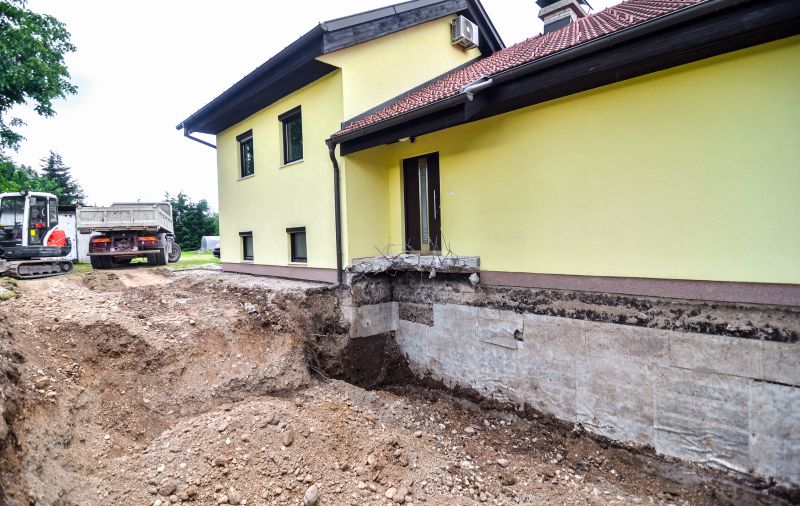
Summer offers dry conditions, making excavation and repair work easier and safer. However, high temperatures may require additional precautions.
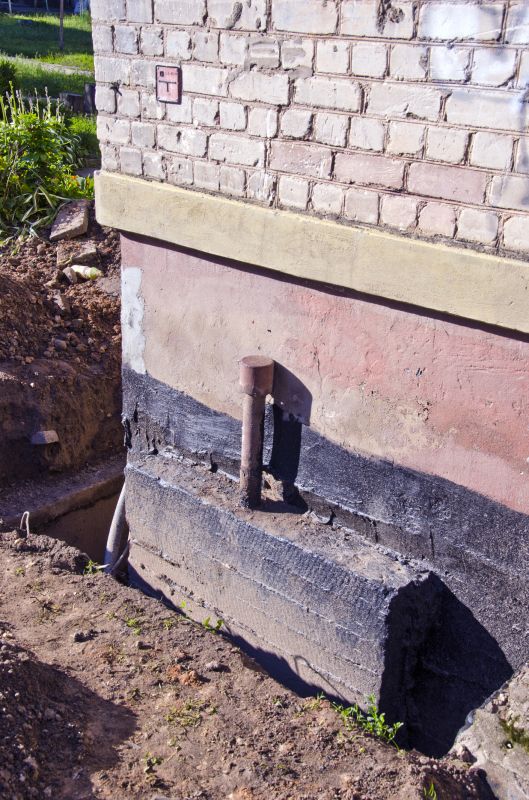
Fall provides moderate weather and stable soil conditions, ideal for many repair projects. Cooler temperatures can reduce soil expansion and contraction.
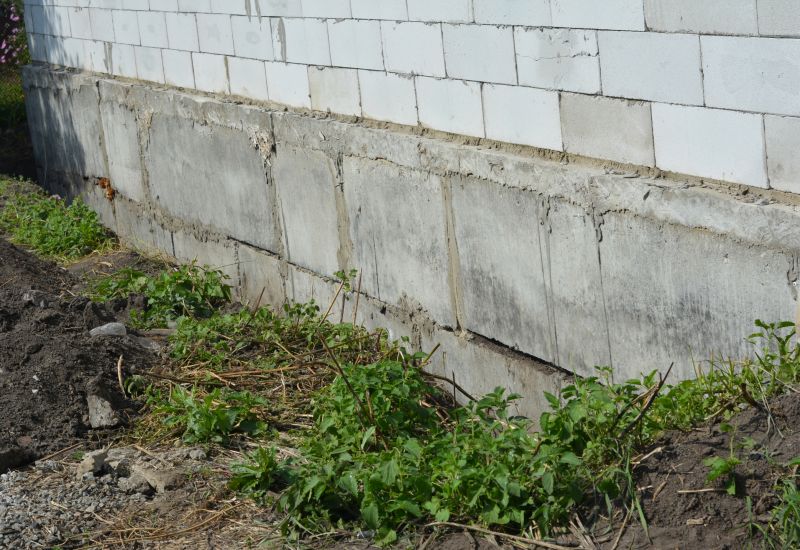
Winter can pose challenges due to frozen ground and snow, but in some cases, repairs can be completed if conditions are managed properly.
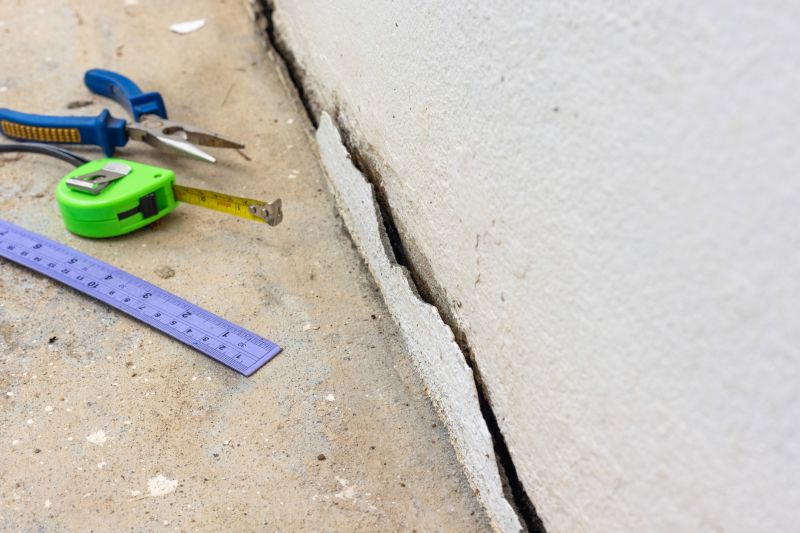
Ways to make Foundation Repairs work in tight or awkward layouts.

Popular materials for Foundation Repairs and why they hold up over time.
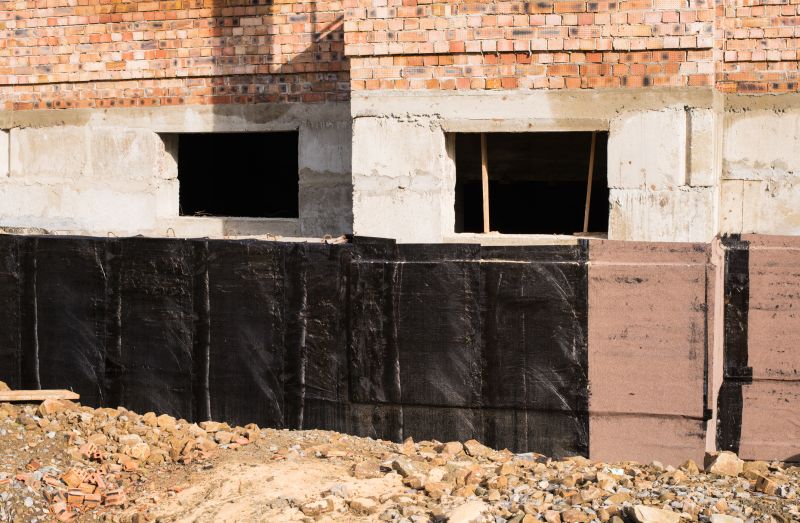
Simple add-ons that improve Foundation Repairs without blowing the budget.

High-end options that actually feel worth it for Foundation Repairs.
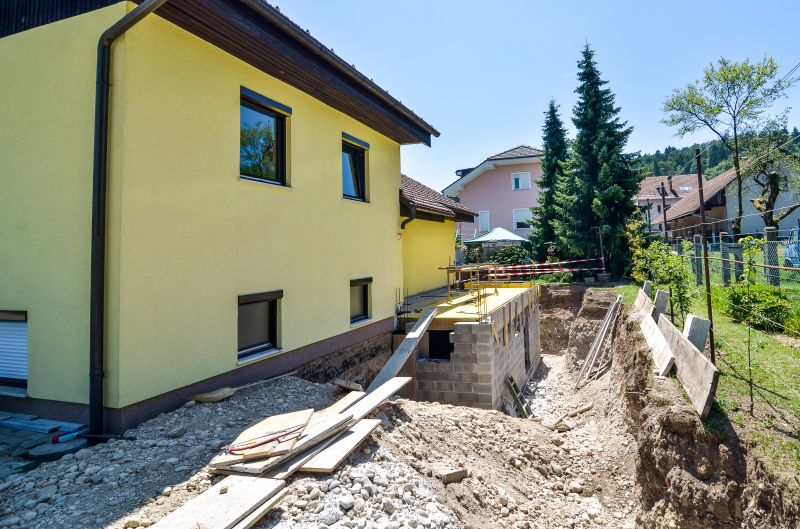
Finishes and colors that play nicely with Foundation Repairs.
Spring often involves wet soil from snowmelt and rain, which can complicate excavation but also offers opportunities for proper soil stabilization.
Weather conditions directly affect the timing and success of foundation repairs. Dry, stable conditions are generally preferred for most repair activities.
Soil movement due to moisture levels influences the timing of repairs. Repairs during periods of soil stability tend to yield better results.
Choosing the right time for foundation repairs can minimize future issues related to soil movement and moisture fluctuations.
| Season | Ideal Conditions |
|---|---|
| Summer | Dry, warm weather with stable soil conditions |
| Fall | Moderate temperatures and stable soil moisture |
| Winter | Frozen ground, repairs only if conditions are managed |
| Spring | Wet soil from rain and snowmelt, requires careful planning |
Foundation repairs are essential for maintaining structural integrity and preventing further damage to a property. Addressing issues early can save costs and prevent extensive repairs later. The timing of repairs is critical, as soil conditions, weather, and seasonal factors influence the success of the work. Properly scheduled repairs can improve stability, reduce the risk of future shifting, and extend the lifespan of the foundation.
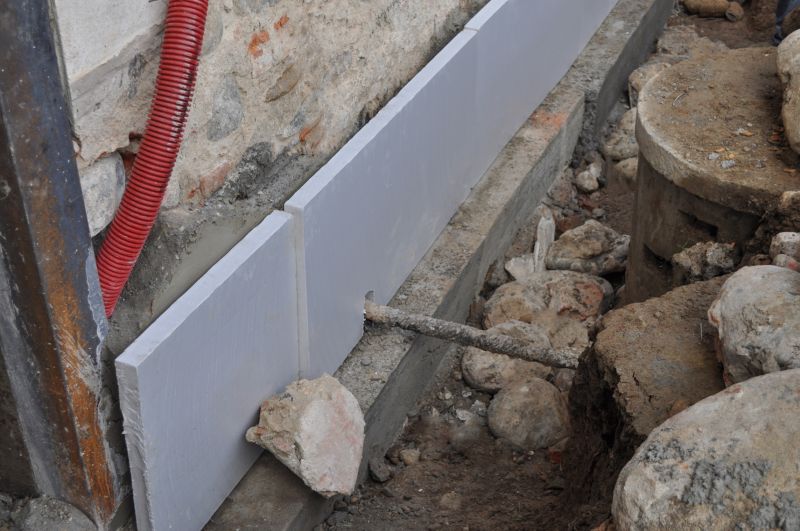
The process involves assessment, excavation, stabilization, and reinforcement to restore foundation stability.
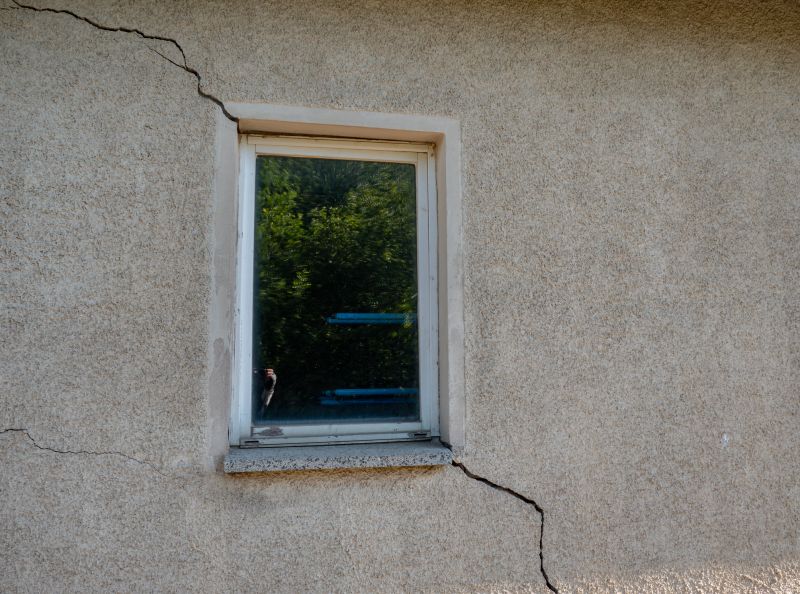
Cracks in walls, uneven floors, and sticking doors may indicate the need for repairs.
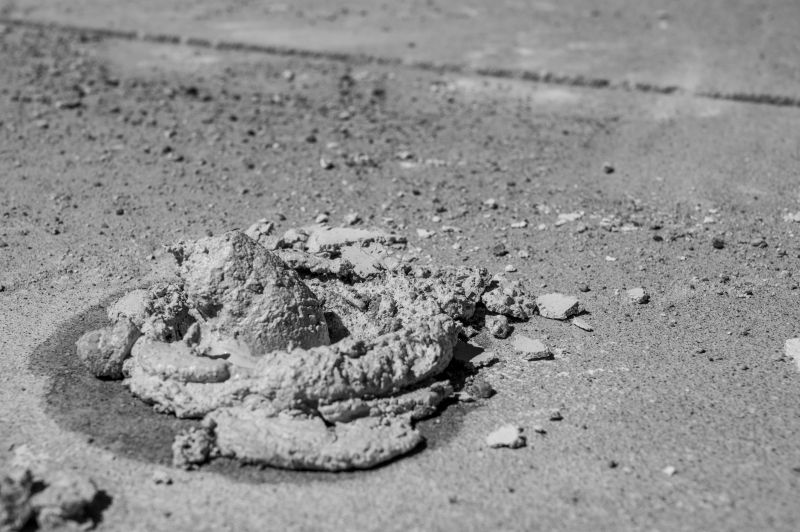
Techniques include mudjacking, piering, and underpinning to improve soil support.
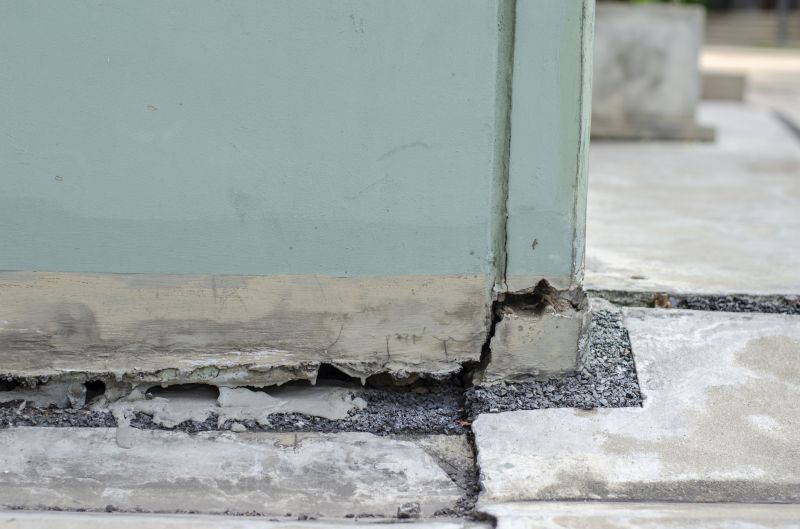
Expert assessment and execution ensure repairs are effective and durable.
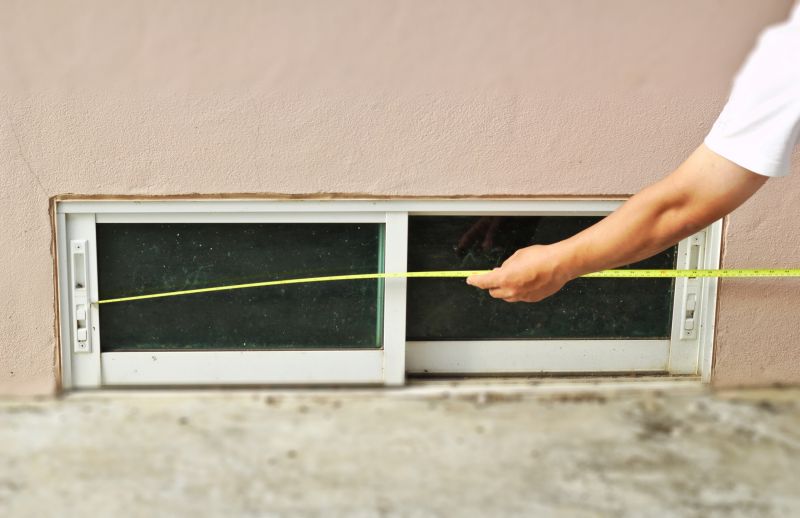
Little measurements that prevent headaches on Foundation Repairs day.
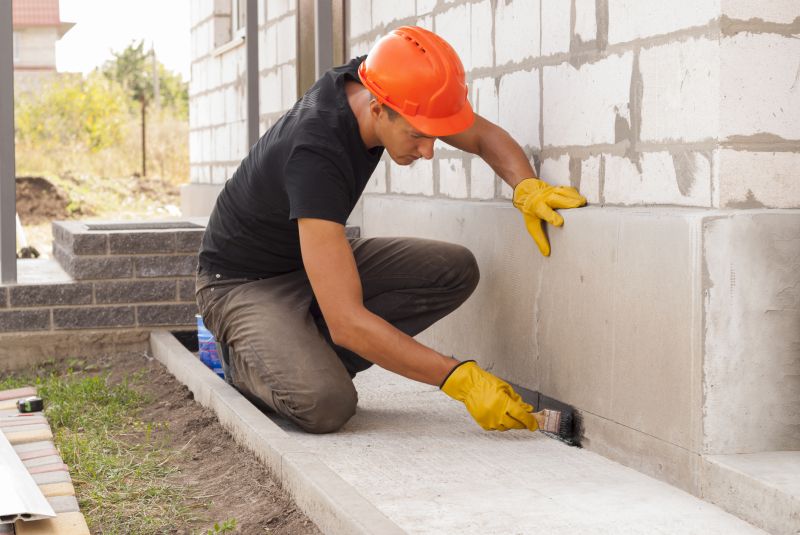
A 60-second routine that keeps Foundation Repairs looking new.
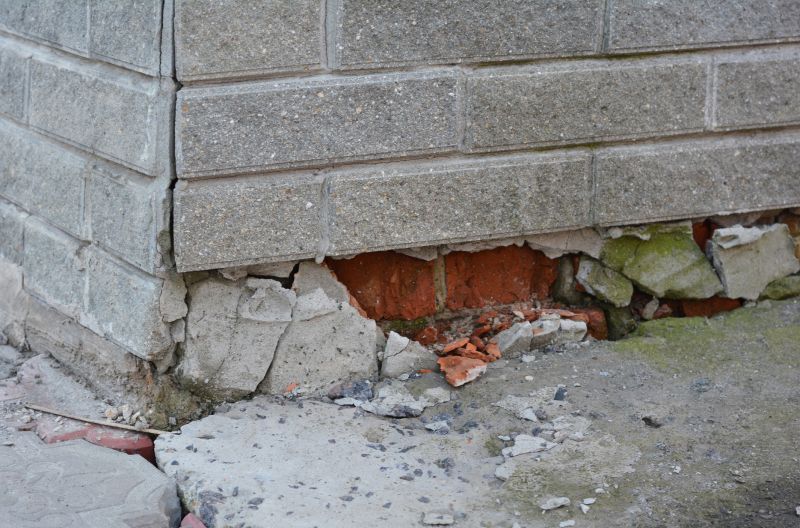
A frequent mistake in Foundation Repairs and how to dodge it.

Small tweaks to make Foundation Repairs safer and easier to use.
Timely foundation repairs are crucial for preserving property value and safety. Consulting with foundation specialists can help determine the best time for repairs based on local weather patterns and soil conditions. Proper scheduling and professional execution contribute to long-lasting results and peace of mind.
Cost varies based on the extent of damage, repair method, and seasonal considerations.
Proper drainage and soil management can reduce the need for frequent repairs.
Aligning repairs with favorable weather minimizes complications and enhances durability.
For those considering foundation repairs, understanding the optimal timing can lead to more effective and cost-efficient outcomes. When weather conditions and soil stability are favorable, repairs tend to be more successful, reducing the risk of future issues. Contact a foundation specialist to discuss the best schedule for repairs tailored to local conditions.




